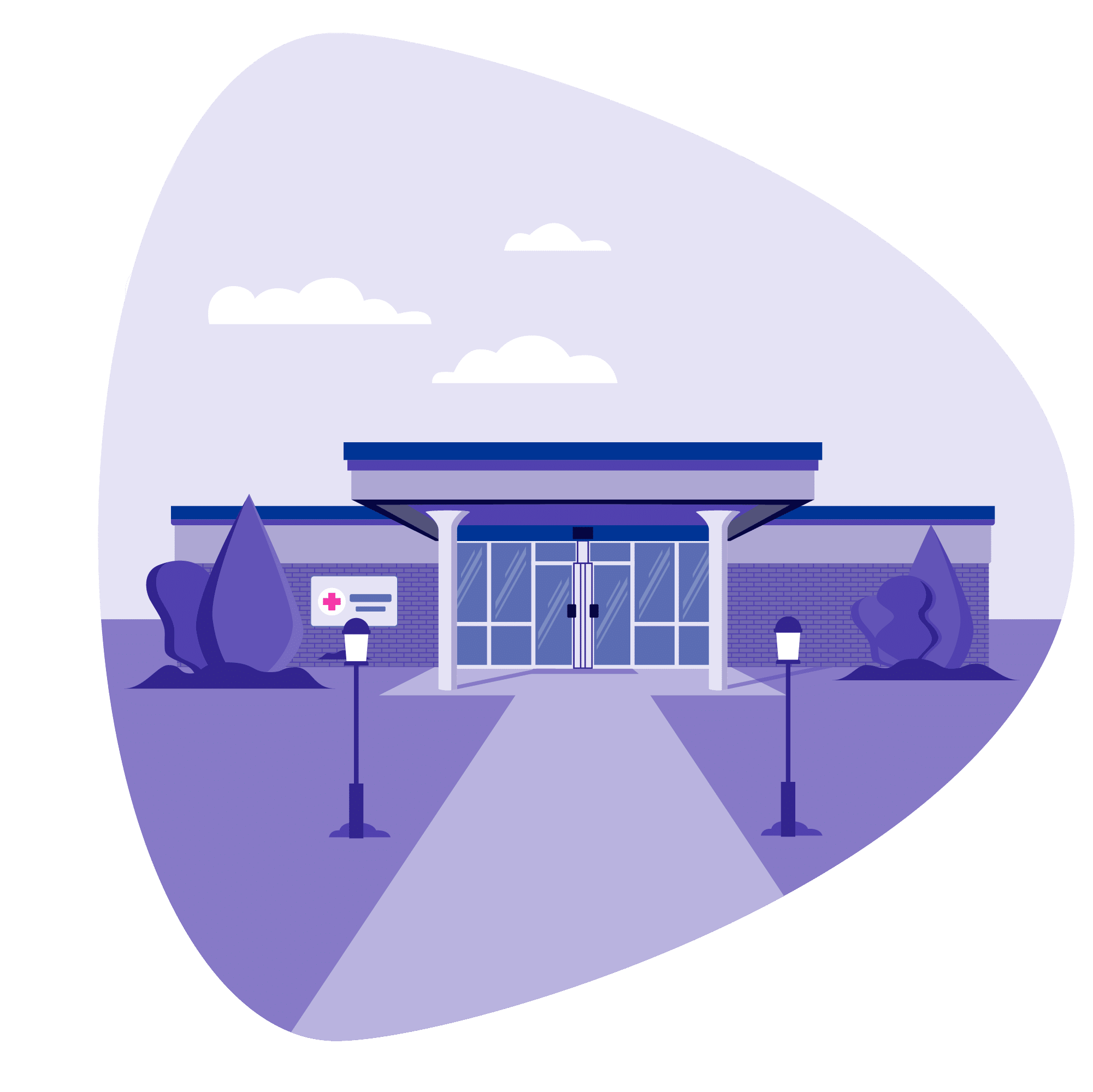Iris clinicians are at the heart of what makes our organization such a special place to work. That’s why we’re turning the spotlight on the amazing work they’re doing every day. This month, we’re sitting down to talk with Dr. Carissa Cabán Alemán.
Q. How did you find Iris and decide you wanted to be an Iris provider?
A. I came across Iris because of a referral from a great friend. Her name is Dr. Marialba Romero. We attended the same medical school in Puerto Rico. I was considering telehealth in the process of readaptation instead of just finding a regular job here that required me to see patients in person, and she recommended Iris. It was the main reason why I decided to apply because she had a really good experience here.
Q. How does telehealth compare to in-person care?
A. Frankly, when I was in residency, I heard that some colleagues were practicing telepsychiatry, which was pretty new back then. I was concerned because I thought the interaction would be so different, and in some ways, it is.
But I’ve realized across the years, especially after the pandemic began, we had to transition to telehealth that it works well, and you can establish a good interaction with patients that doesn’t feel cold and detached like I thought it would when I was a resident (I was very interested in psychotherapy and psychoanalysis back then). I’ve had really strong professional relationships developed with patients over telehealth.
I’ve changed my mind a lot about it. It’s been a great experience, especially because of the convenience for the patients and us. When patients can’t commute and when they have situations, it’s much easier for them to accommodate their schedule to see us. It provides better quality of care for those who have the privilege of having internet and good access to technology because of that saving of time.
Q. How do you foster connection with patients virtually?
A. You have to focus more on listening and show that you’re making a bigger effort with non-verbal facial cues. Paying attention to the eye contact and establishing that look, instead of just writing notes or doing something else, at least in the beginning, to really demonstrate that you’re listening a little bit deeper than in person because you don’t have the full presence of the person there. That’s one of the main techniques.
Then, techniques we use for basic interviewing skills that should always be utilized, but in telehealth, are very important—for example, rephrasing, summarizing for the patient, making sure that we understand them well by repeating what they said and developing a person-centered care relationship.
I’m lucky to be trained in community psychiatry, so we focus on recovery-oriented and patient-centered care. Those skills come in handy, sometimes even more with telehealth.
Q. As a healthcare professional, how do you manage work-life balance?
A. Since working in telehealth, it’s much easier now because I had a demanding academic full-time job before I made this transition. I work with Iris part-time right now. So, I have a lot more time to develop my interests in other areas of mental health that I didn’t have the chance to explore when I was a full-time professor working at the university and seeing patients.
Working with Iris a couple of times a week gives me a flexible schedule to dive into other areas and have more time to practice mindfulness, which is very important for me, and connect with nature, which is another big priority. It wasn’t easy to find the time to be out in nature when I worked 40 hours a week or more.
It’s not only about the part-time but also the fact that I don’t have to commute. I live in a very rural place in the mountains, so I can walk on my break after lunch, or if I have a no-show or finish on time with a patient, I can take a break and go for a walk and come back. That wouldn’t have happened in my prior job. I value that a lot. It makes a big difference.
Q. What is the most rewarding part of your job?
A. Seeing the patients get better. That’s always the most rewarding part. When they tell you certain things about how their quality of life is improving, when you make that click and that connection, when empathy is felt by them in your work, and then they tell you how they’re doing or they say thank you.
One of the things that I love about this job, at least with the place where I work, is that the agency Iris connected me with is very interested in providing good quality care. They allow me enough time to provide psychotherapy and not just medication management if necessary.
I also have a lot of Spanish speaking patients that have language capacity, and those patients don’t have access to therapy where they live. I provide that in addition to medication management if necessary. I value that a lot.
It’s rewarding seeing them get better, for example, this patient was having some problems with her teenage kids, and now she’s interacting with them a lot better and feeling much more capable of enjoying her time with her family. And so that kind of thing gives me the most satisfaction.
Q. What do you love about working with Iris?
A. The capacity I have to help different populations in different places. The fact that I don’t have to commute and I can live close to my family and be here. That I have an opportunity for a solid job where I have a good quality of care and a good situation in terms of the time that I have for patients without having to commute and dress up and drive and all of that. It saves me time.
I’m also a psychiatrist working on activism and educational projects about the impact of climate change on mental health. Not commuting decreases my carbon footprint and helps me not negatively impact nature. I appreciate that a lot.
Q. Why do you think telepsychiatry is important to the future of mental healthcare?
A. It’s the way that society is functioning right now. It’s the present, and it’s not even the future anymore. It’s part of a network of resources we need to utilize to increase access to care.
It’s not perfect, and I always sincerely get concerned about the lack of access many patients still have when they don’t have a computer or a cell phone. For example, people experiencing homelessness.
Of course, we still have to provide good quality care in person, and not all patients enjoy seeing us through the camera or are capable of it. But, all of the other patients that are cognitively capable and want to see us this way it’s a huge advantage that increases access to care and quality of care.
There’s no going back. This platform will be more prevalent as we go into the future.
Q. What advice would you give someone new to telehealth?
A. Make sure that you use it as a way to establish more work-life balance, not less. Working with Iris gives you more opportunity to find ways to have a more balanced work-life schedule. So, make sure you’re doing it for that.
Then, of course, try to take your breaks. I think about physical health as well. We need to stretch and stand up. It’s also important to connect with colleagues through the grand rounds and all the opportunities that Iris gives us to connect with others doing the same work so we don’t isolate ourselves.
If we only do the work and sit in a room the whole day, it can be a little bit isolating if we don’t use the company’s resources and other resources like connecting locally with professional associations and, of course, with our friends and family.
At Iris, we believe our providers should be respected, valued, and applauded for the work they do, and we couldn’t be more proud to say, “thank you” to our very own Dr. Carissa Cabán Alemán. If you’d like to learn more about working for Iris Telehealth, contact us today.


